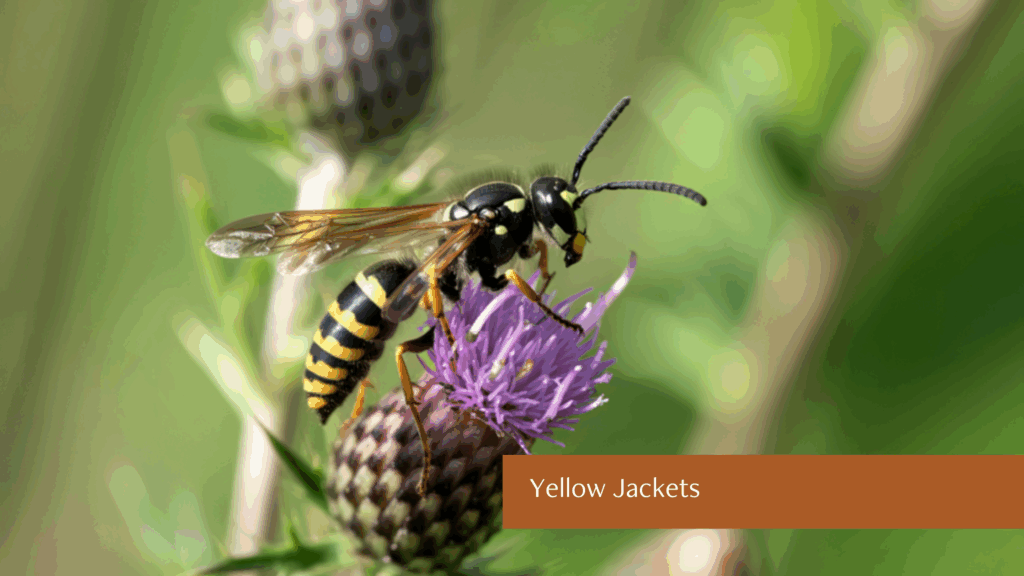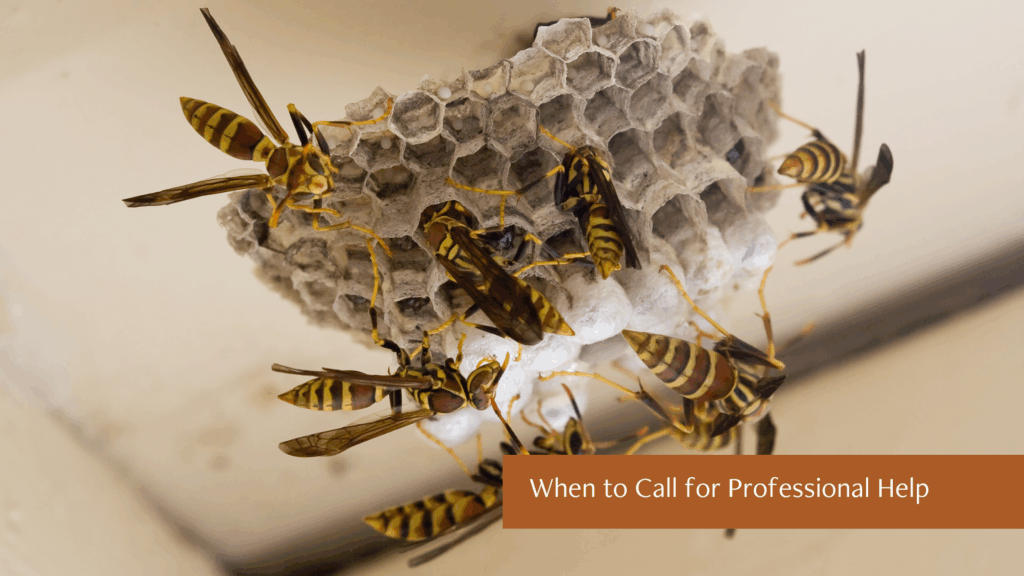Common Types of Wasps and How to Spot Them
A buzzing sound near your ear is often the first sign of a wasp. While they play a beneficial role in the environment by pollinating plants and controlling other insect populations, finding them on your property can be unsettling. Understanding the common type of wasps you might encounter is the first step in safely managing them.
This guide will walk you through several common wasp species, detailing their appearance, habits, and nesting locations. Knowing how to identify them can help you decide on the best course of action.
Identifying Different Types of Wasps
Wasps come in thousands of varieties, but you are most likely to encounter just a handful around your home and garden. They are generally categorized as either social or solitary. Social wasps live in large colonies with a queen, while solitary wasps live and hunt alone. Let’s explore the most prevalent type of wasps in North America.
Yellow Jackets
Yellow Jackets are arguably the most recognized (and feared) social wasps. Their aggressive reputation comes from their tendency to defend their nests vigorously.

- Appearance: They have a distinct yellow and black pattern, often mistaken for bees. However, they lack the fuzzy hair that bees have and possess a much thinner, more defined waist.
- Behavior: Yellow Jackets are scavengers, frequently showing up at picnics and outdoor gatherings to feed on sweets and proteins. They can sting multiple times, as their stingers are not barbed.
- Nests: Most species build paper-like nests underground in old rodent burrows or other cavities. Some build aerial nests in bushes or the eaves of houses. A single colony can contain thousands of individuals by the end of summer.
Paper Wasps
Paper wasps get their name from the paper-like material they create by chewing wood fibers and mixing them with saliva. They are a common type of wasps found throughout the continent.
- Appearance: They are slender with long legs that dangle during flight. Their coloring varies but is typically brown with yellow or reddish markings.
- Behavior: Paper wasps are less aggressive than Yellow Jackets but will sting if they feel their nest is threatened. They are beneficial predators, feeding on caterpillars and other garden pests.
- Nests: Their nests are distinctive, featuring a single, open-faced comb of hexagonal cells. These umbrella-shaped nests are often found hanging from horizontal surfaces like porch ceilings, window frames, and tree branches.
Hornets (Bald-Faced and European)
Though often called hornets, Bald-Faced Hornets are technically a type of wasps closely related to Yellow Jackets. European Hornets are true hornets and are the only ones found in North America.
- Appearance: Bald-Faced Hornets are mostly black with a white or “bald” face. European Hornets are larger, reddish-brown with yellow stripes on their abdomen.
- Behavior: Both are social and will defend their nests aggressively. European Hornets are unique because they are active at night and are attracted to lights.
- Nests: Bald-Faced Hornets build large, enclosed, gray paper nests that are typically pear-shaped and can reach the size of a basketball. European Hornets build their paper nests in hollow trees, barns, or wall voids.
Mud Daubers
Mud Daubers are a solitary type of wasps, meaning they do not live in colonies. Their name comes from the way they build their nests out of mud.
- Appearance: They are usually long and slender, often with a thread-like waist connecting their thorax and abdomen. They are typically black or metallic blue.
- Behavior: Mud Daubers are not aggressive and rarely sting. They are skilled hunters, specializing in capturing spiders, which they paralyze and seal inside the mud nest cells as food for their larvae.
- Nests: Their nests are made of mud tubes, often built in sheltered locations like under eaves, in attics, or on the sides of buildings. You might find several tubes lined up together.
Cicada Killers
As their name suggests, these large, solitary wasps hunt cicadas. Despite their intimidating size, they are another type of wasps that is generally non-aggressive towards humans.
- Appearance: They are one of the largest wasps in North America, reaching up to two inches long. They have a reddish-black body with yellow markings on the abdomen.
- Behavior: Females dig burrows in the ground, often in sandy, sun-exposed soil. They sting and paralyze cicadas, drag them into the burrow, and lay an egg on them. Males are territorial and may buzz around people but cannot sting.
- Nests: Look for U-shaped mounds of excavated dirt in lawns, gardens, or sidewalks, which indicate a burrow entrance.
When to Call for Professional Help
Identifying the type of wasps on your property is essential for both safety and determining the right treatment approach. We follow clear guidelines to ensure the best results and your peace of mind:

- Qualified for Service:
- Visible nest removal in eaves: If you see a wasp nest in or on your eaves, this is a qualified treatment, and we can safely remove it.
- Wasps flying outside: If you notice wasps flying around the exterior of your home, this situation is also qualified and our team will treat it similar to our service for outside flies.
- Wasps inside your home: Any instance of wasps inside living spaces is generally qualified, unless they are actually entering through siding, vents, attic spaces, or a hole in the wall.
- Unqualified for Service:
- Nests on the roof: These situations are considered unqualified for our services, due to safety and accessibility concerns.
- Wasps inside appearing from vents or attic spaces: If the wasps are coming out of vents, attic, or similar concealed sources, this typically indicates a nest hidden within walls or inaccessible areas, and is not qualified for direct treatment.
- Wasps entering through siding, vents, attic, or wall holes: Interior wasps clearly entering through structural gaps or openings fall outside our standard qualified treatments.
If your situation fits our qualified criteria, we recommend reaching out to schedule a nest removal or exterior treatment. Attempting removal yourself, especially with social species like yellow jackets or hornets, can be risky and provoke defensive behavior.
For complex or unqualified cases, it may be best to consult with a pest control professional for further assessment and guidance.Your safety comes first. Contact us with any questions or to schedule qualified wasp control today.
